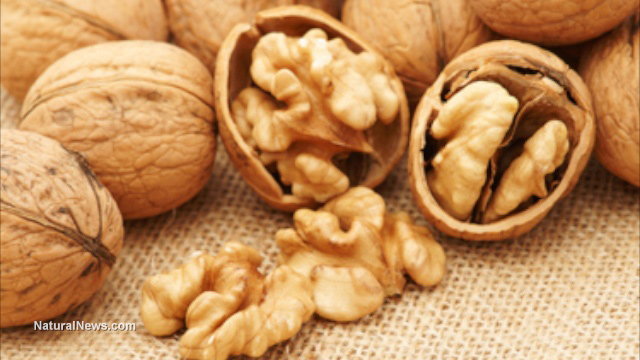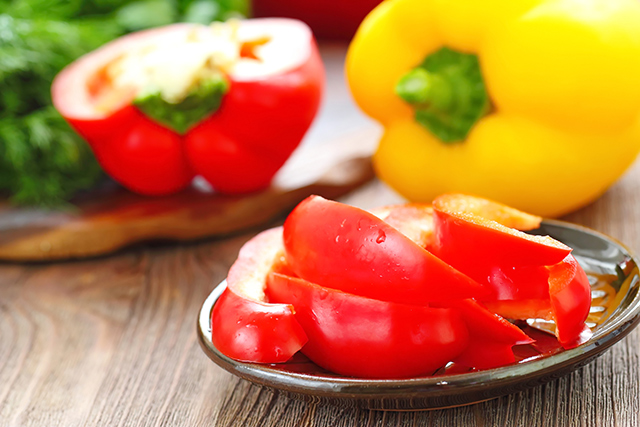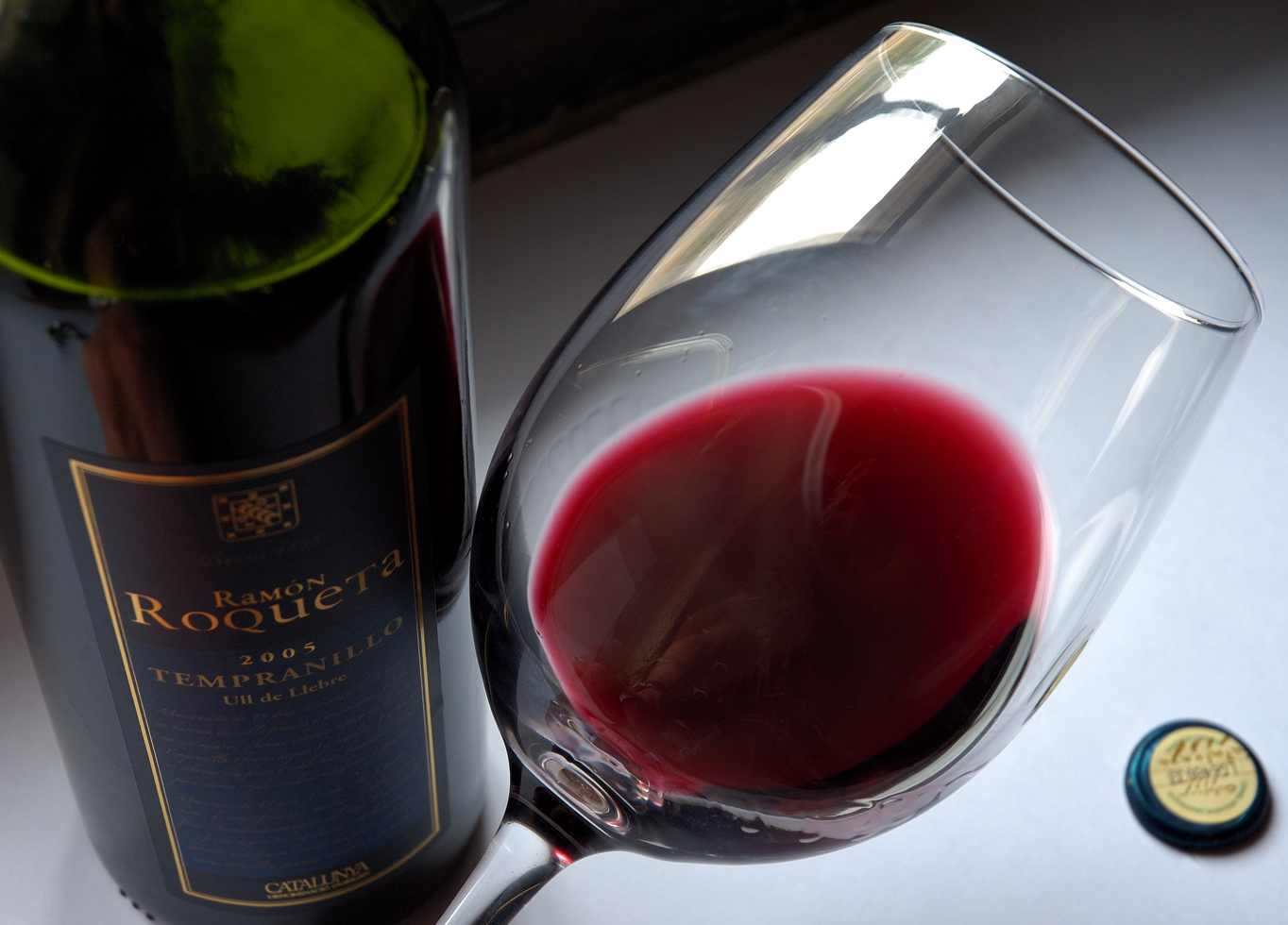Have you heard of this great alternative to black pepper?
02/20/2019 / By Isabelle Z.

If you are like most people, you probably add pepper to most of your food without giving it much thought. It’s a staple that is included in almost every dish, and nearly every kitchen has peppercorns on hand. However, did you know that a simple substitution to this mindless habit can give your food the same kick while also giving your health a little boost?
Grains of paradise, a spice that resembles peppercorns, are starting to make waves in the culinary industry. Flavor trends come and go, like lemongrass and chipotle, and now it looks like this spice is getting ready to enjoy its moment in the spotlight as more and more people discover the pleasant kick it lends to a variety of dishes.
This highly versatile spice is not only similar in appearance to pepper – it also has a very similar flavor. In fact, most people who have tried it consider it to be a better version of pepper as it has an almost zesty hint of citrus and a faint note of cardamom in addition to that familiar warm peppery bite. It is similar enough to pepper that people who have pepper allergies have been using this as an alternative for a long time, but it’s just different enough to make diners stop and wonder what that special edge is.
Grains of paradise are a member of the same family as spices like turmeric and ginger. Therefore, it’s not surprising that they have a lot of beneficial characteristics. Not only do they have antifungal and antimicrobial properties, but they are also anti-inflammatory, according to a study printed in the Journal of Agricultural and Food Chemistry. This can be attributed to its gingerol content. These are the same anti-inflammatory compounds in ginger that have been found to inhibit colorectal cancer cell growth, reduce pain in rheumatoid arthritis and osteoarthritis patients, and help those with arthritis to improve their mobility.
The West African spice has been used since at least the 14th century when it was in high demand for its ability to obscure the taste of spoiled food and protect against bacteria. It grows wild in countries such as Ghana, Nigeria, and Liberia as a short shrub. Each fig-sized pod on the plant contains as many as 100 “grains”, or seeds. The grains form part of religious rituals in that part of the world. For example, the religion of the Nigerian Yoruba people offers it to the spirits, and the Kongo people believe that eating it can ward off envious people.
How can you use it?
While you truly can use this spice anywhere you would use black pepper, there are some dishes where it really shines. It’s great for marinating vegetables and fish, and it also adds a nice touch to chicken and salads. Try adding some to roasted vegetables, lentils, soups and stews, potatoes, and salmon or cod.
Because it also has some notes of clove and cardamom, it can even be used to give desserts a pleasant twist. It pairs particularly well with apple – in apple pie, for example – and pear, but it can also add depth to fruit cobblers and custards. It can also be found in some beers, and it is popular among home brewers.
Grains of paradise should be ground first in most cases, either in a spice grinder or with a mortar and pestle. It is drier and softer than black peppercorns and much easier to break down. You can even toast the grains prior to grinding them if you want to enhance their flavor.
Give this spice a try and see for yourself how it can heighten the flavor of homemade dishes while also boosting your health!
Sources:
Tagged Under:



















